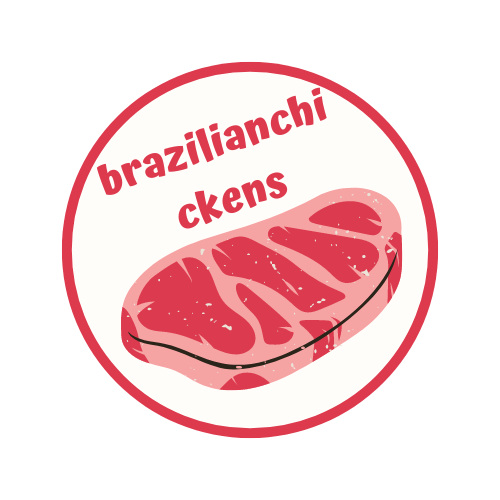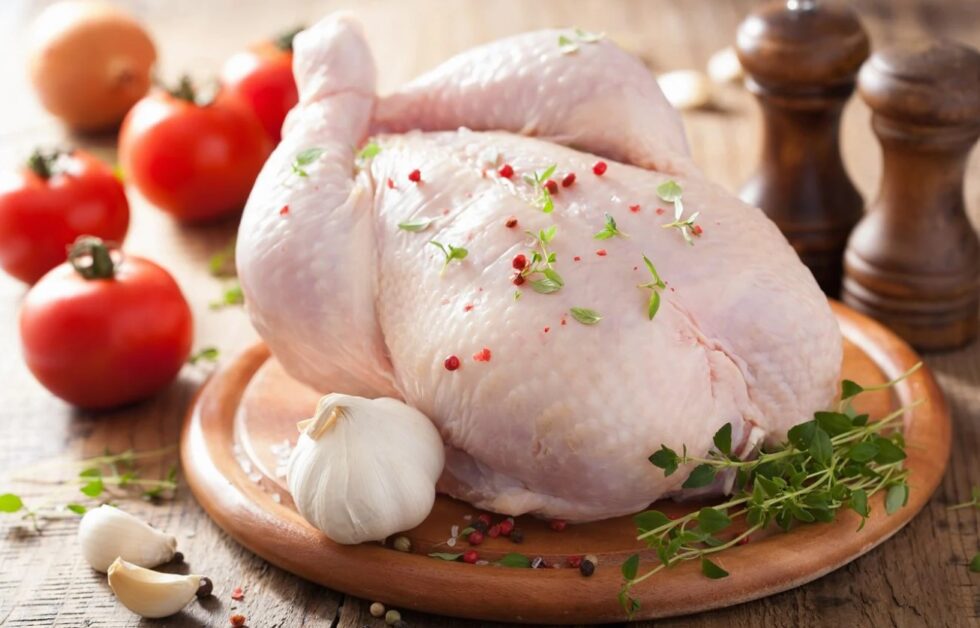Chicken Exporters
When it comes to importing frozen chicken, there are several important factors that importers need to consider in order to ensure a smooth, efficient, and successful business operation. Below are key things importers need to know about frozen chicken:
1. Understanding Regulations and Compliance
Frozen chicken is subject to strict food safety standards and regulations in virtually every country. Importers must ensure that the product they are importing complies with the local regulations and international standards governing food safety and quality. These regulations often include:
- Health and safety standards: Many countries require frozen chicken to meet specific health standards, such as compliance with the HACCP (Hazard Analysis and Critical Control Points) system, which ensures food safety throughout production, processing, and distribution.
- Import permits and certifications: Importers will need to ensure the supplier can provide the appropriate certifications, such as halal or kosher certifications (if required by the market), and any official government certifications such as USDA (United States Department of Agriculture) or EFSA (European Food Safety Authority) approvals. Each market may have unique requirements.
- Product labeling requirements: Countries like the EU, the U.S., and others have strict labeling laws for frozen chicken. Labels often must include information such as the origin of the product, production date, weight, storage instructions, and nutritional information.
2. Understanding Sourcing and Traceability
Traceability is critical when importing frozen chicken. Traceability systems ensure that the product can be traced from the farm to the processing plant, and ultimately to the consumer. This is essential for ensuring the safety and authenticity of the product.
Importers should look for suppliers who offer full traceability, which may include:
- Farm and processing facility certification: Importers should verify that the chicken comes from reputable farms and processing plants that meet global food safety and quality standards. Certifications such as ISO, BRC (British Retail Consortium), or other international quality control standards can be indicators of good practices.
- Supply chain transparency: The ability to trace the origin and production methods of the frozen chicken ensures accountability, particularly in case of a food safety issue or recall.
3. Quality Control and Inspection
Before importing frozen chicken, it’s critical to understand the quality control processes in place. Importers should be aware of:
- Quality assurance: Many exporting countries (e.g., Brazil, the U.S., Thailand) implement strict quality control measures during slaughter, processing, and freezing. Importers should assess whether the exporter has robust quality assurance procedures to ensure the product meets expected standards.
- Third-party inspections: Some importers may choose to hire third-party inspectors to verify the quality of the chicken before shipment. This can include checks for correct freezing methods, temperature control during transport, packaging integrity, and overall product quality.
- Defrosting and freezer burn: Importers should ensure that the frozen chicken maintains its quality during shipping and storage. Freezer burn or improper storage can result in a loss of flavor, texture, and nutritional value.
4. Cold Chain Management
Maintaining the cold chain (the temperature-controlled supply chain) is crucial for ensuring that frozen chicken remains at safe temperatures throughout the shipping process. Importers need to ensure:
- Temperature-controlled containers: The frozen chicken must be transported in refrigerated containers (reefers) that maintain a consistent temperature of around -18°C (0°F) or lower to prevent spoilage and maintain quality.
- Shipping and transit times: Importers need to consider the distance and shipping time involved, as longer transit times can increase the risk of temperature fluctuations, which could compromise the safety and quality of the product.
- Customs handling and border controls: Importers must be aware of the procedures for handling frozen goods at customs. Customs authorities may inspect the product, and the importer must ensure all documentation is in order to avoid delays or product rejection.
5. Storage and Handling Upon Arrival
Once the frozen chicken arrives at the destination, it’s crucial to ensure proper storage and handling to maintain product quality. This involves:
- Storage facilities: Importers should have access to cold storage facilities where the frozen chicken can be stored at the correct temperature until it is distributed or sold. This may include specialized warehouses equipped with freezers that can maintain the required temperature.
- Proper thawing procedures: If the chicken needs to be thawed for further processing or distribution, importers should follow proper thawing methods to ensure food safety and preserve the quality of the product. Thawing should always be done in a controlled environment (such as a refrigerator) to prevent bacterial growth.
6. Market Demand and Consumer Preferences
Frozen chicken importers should have a clear understanding of the market demand and consumer preferences in their target region. This includes:
- Cuts and packaging options: Different markets may have varying preferences for cuts of chicken (e.g., whole chicken, chicken breasts, thighs, wings, drumsticks) or specific packaging types (e.g., vacuum-sealed bags, bulk frozen, or individually quick frozen – IQF). Understanding these preferences is essential for satisfying consumer demand.
- Ethical and sustainability concerns: Increasingly, consumers are demanding more sustainable and ethically produced chicken. Importers should consider the growing importance of sustainability practices and animal welfare standards. For example, certifications like Certified Humane or Fair Trade can help meet consumer expectations for ethically sourced meat.
- Halal, Kosher, or Organic requirements: Depending on the region, there may be a significant demand for halal or kosher chicken, as well as organic chicken. Importers should be aware of these market segments and ensure that the product they are importing aligns with these demands if necessary.
7. Pricing and Cost Considerations
Price is a major consideration when importing frozen chicken, as it affects profitability and market competitiveness. Importers should consider the following:
- Cost of goods: This includes the cost of purchasing frozen chicken from the exporter, including any additional costs for packaging, certifications, or special processing (e.g., halal slaughter or organic certification).
- Shipping costs: Shipping frozen chicken internationally involves significant costs, especially for temperature-controlled logistics. Importers must factor in freight charges, customs duties, and storage fees at ports and warehouses.
- Pricing strategy: Importers need to determine an appropriate pricing strategy that factors in their own costs while remaining competitive in the market. They must also consider how global chicken prices fluctuate based on factors like feed prices, export restrictions, and supply chain disruptions.
8. Supply Chain Reliability
Frozen chicken importers should prioritize working with reliable suppliers and exporters to ensure that they receive products consistently, on time, and at the agreed-upon quality. It’s important to assess the exporter’s track record in terms of on-time delivery, product consistency, and the ability to manage large volumes without compromising on quality.
Conclusion:
For importers, bringing in frozen chicken involves navigating complex logistics, compliance requirements, and market demands. To succeed, importers should carefully evaluate suppliers based on their certifications, quality control practices, and ability to meet legal requirements. Effective cold chain management, market knowledge, and cost control are also essential to maintaining product integrity and profitability. By considering these factors, importers can ensure a successful and sustainable business relationship with frozen chicken exporters.

